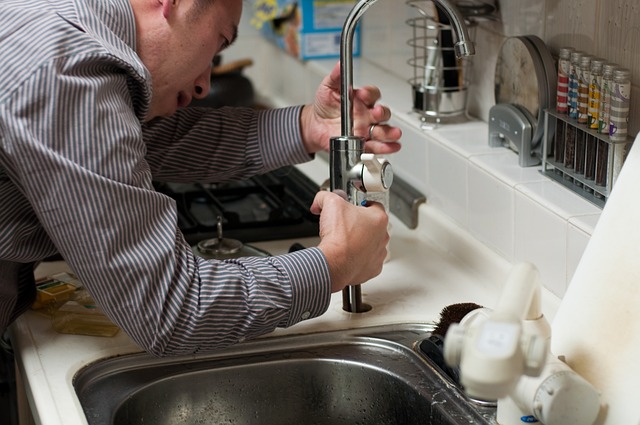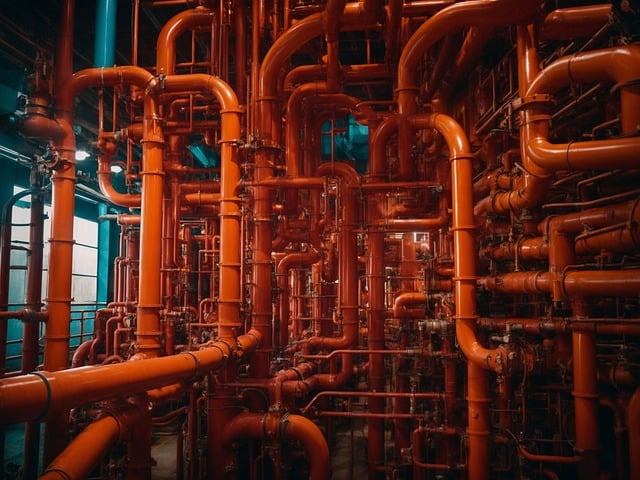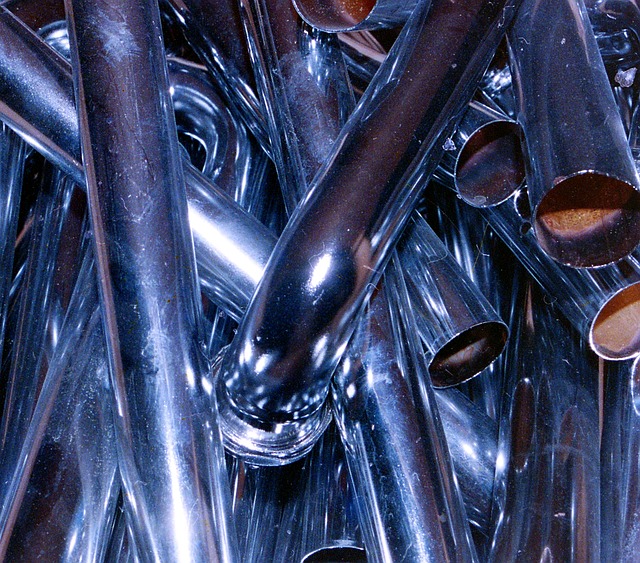Understanding and adhering to local plumbing codes is essential for emergency prevention, ensuring safety, and maintaining property standards. These codes regulate materials, installations, waste disposal, and water heating systems, promoting efficient water use and public health. Compliance prevents costly mistakes, potential hazards, and legal issues, with regulations tailored to regional needs. Prioritizing code adherence enhances building resilience, averting crises like leaks, clogs, and structural damage, ultimately fostering a safer environment.
“Before you embark on any plumbing installation or renovation project, ensuring compliance with local codes is non-negotiable. This comprehensive guide explores ‘Understanding Local Plumbing Codes’ and why adherence is key to ‘Emergency Prevention’. We break down ‘Key Components’ to inspect before starting, highlighting common mistakes and offering strategies to avoid them. Additionally, we provide valuable resources and expert insights to help you stay updated with code changes, ensuring your plumbing practices are not just legal but also safe.”
- Understanding Local Plumbing Codes: A Comprehensive Overview
- Importance of Compliance for Emergency Prevention
- Key Components to Check Before Installation/Renovation
- Common Mistakes and How to Avoid Them
- Resources and Experts for Staying Up-to-Date with Code Changes
Understanding Local Plumbing Codes: A Comprehensive Overview
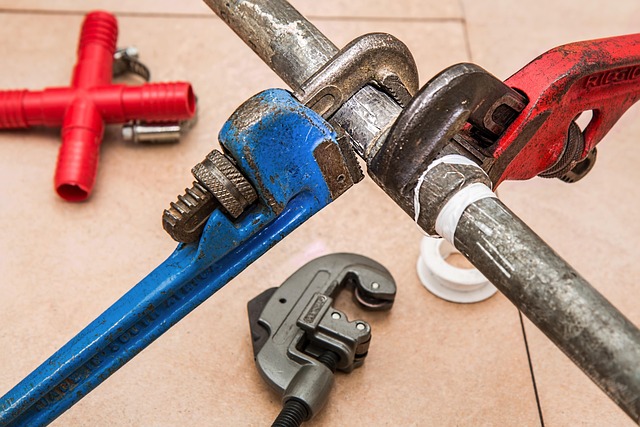
Understanding local plumbing codes is a crucial step in ensuring your projects meet safety standards and comply with regulations. These codes are designed to prevent emergencies, promote efficient water use, and safeguard public health. They cover various aspects, from pipe materials and installations to waste disposal and water heating systems.
By familiarizing yourself with these guidelines, you can avoid costly mistakes, potential hazards, and legal issues. Local plumbing codes often reflect the unique needs and challenges of a specific region, considering factors like climate, available resources, and infrastructure. Staying informed allows for better decision-making during any plumbing-related endeavor, ensuring both compliance and peace of mind.
Importance of Compliance for Emergency Prevention
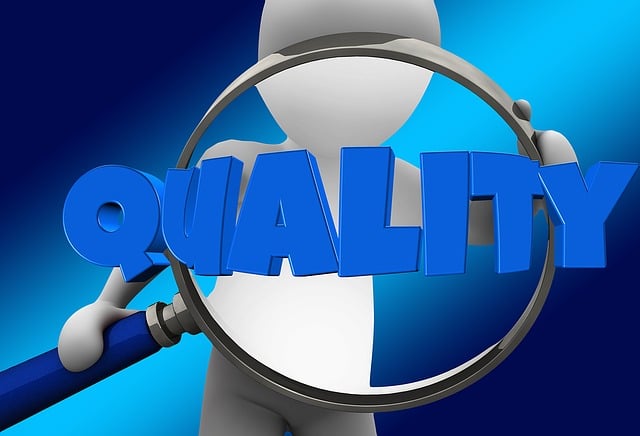
Compliance with local plumbing codes is paramount not just for maintaining property standards but, more importantly, for emergency prevention. Adhering to these regulations ensures that plumbing systems are installed and maintained safely, minimizing the risk of leaks, clogs, or other issues that could lead to severe damage or even life-threatening emergencies. For instance, proper ventilation and drainage systems, as mandated by many codes, prevent dangerous gas buildup and sewer backflows, safeguarding occupants from asphyxiation or exposure to harmful toxins.
Furthermore, code-compliant plumbing installations enhance the overall resilience of buildings, especially during natural disasters like earthquakes or floods. Systems designed with emergency prevention in mind can more effectively contain and mitigate water damage, reducing the likelihood of structural failures and ensuring the safety and well-being of those within the structure. By prioritizing compliance, homeowners and building managers contribute to a safer environment, averting potential crises that could arise from overlooked or non-code-compliant plumbing practices.
Key Components to Check Before Installation/Renovation

Before beginning any plumbing installation or renovation, it’s crucial to familiarize yourself with your local building codes and regulations. These guidelines are in place for good reason—to ensure safety, prevent emergencies, and maintain a consistent standard of quality across all construction projects. Key components to check include water supply lines, drainage systems, waste disposal units, and any specific requirements for new fixtures or appliances.
Inspecting these elements is vital not just for compliance but also for preventing potential hazards like leaks, clogs, or even structural damage. Understanding the local plumbing codes will help you make informed decisions during installation to avoid costly repairs down the line and ensure your home remains a safe haven.
Common Mistakes and How to Avoid Them

Many homeowners often overlook local plumbing codes, leading to costly mistakes and potential safety hazards. One of the most common blunders is failing to understand building regulations regarding water supply and drainage systems. Every region has specific rules to ensure efficient and safe plumbing practices. For instance, incorrect installation of pipes or fixtures can cause leaks, structural damage, and even mold growth over time.
To avoid these issues, it’s crucial to consult local authorities and seek professional guidance before starting any plumbing project. Check for permits and licenses required for the work you plan to undertake. Another mistake to steer clear of is DIY repairs without proper knowledge. While some minor tasks are manageable, complex plumbing issues demand expert attention to prevent disasters. Regular maintenance and prompt addressing of potential problems are key to preventing emergencies and ensuring compliance with codes.
Resources and Experts for Staying Up-to-Date with Code Changes

Staying informed about local plumbing codes is essential for any homeowner or contractor looking to avoid costly mistakes and ensure safety. Fortunately, there are numerous resources available to help you stay up-to-date with code changes. Local building departments often publish comprehensive guides and regulations online, making it easy to access the latest information. Additionally, many professional organizations, such as the International Association of Plumbing and Mechanical Engineers (IAPMO) and local plumbing associations, offer educational materials, workshops, and webinars to keep you current on industry standards and legal requirements.
Engaging with experts in the field is another effective strategy for monitoring code updates. Consult with licensed plumbers or building inspectors who are intimately familiar with local regulations. They can provide valuable insights into recent changes and offer guidance tailored to your specific project. Moreover, attending industry events and networking with peers allows you to exchange knowledge and stay ahead of emerging best practices in emergency prevention through plumbing code compliance.

